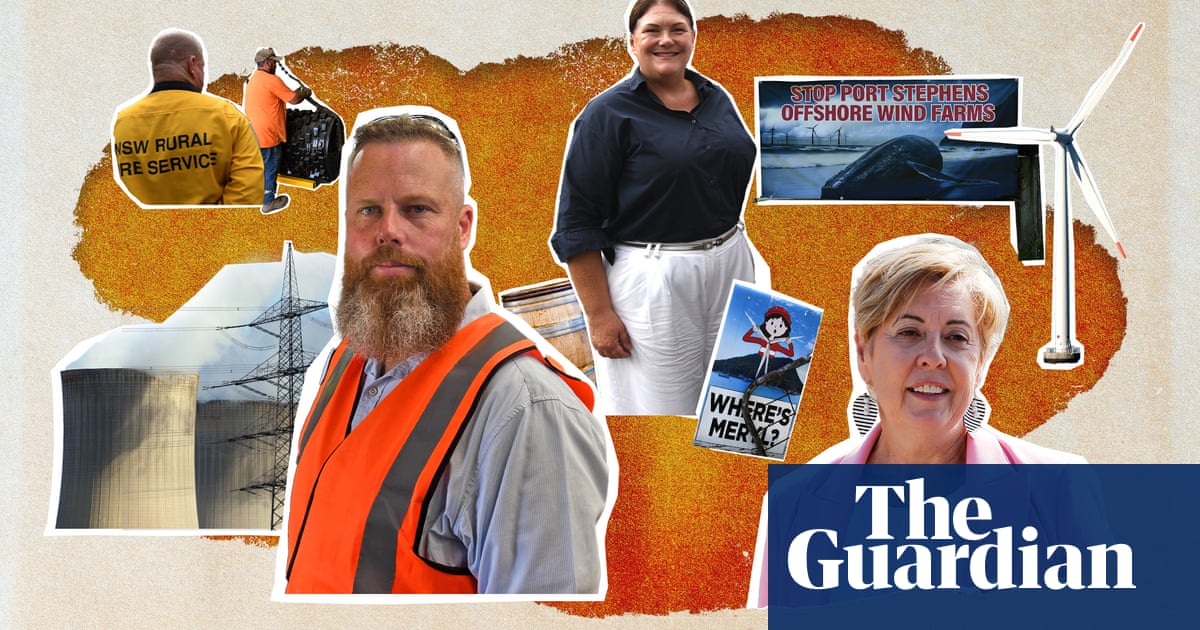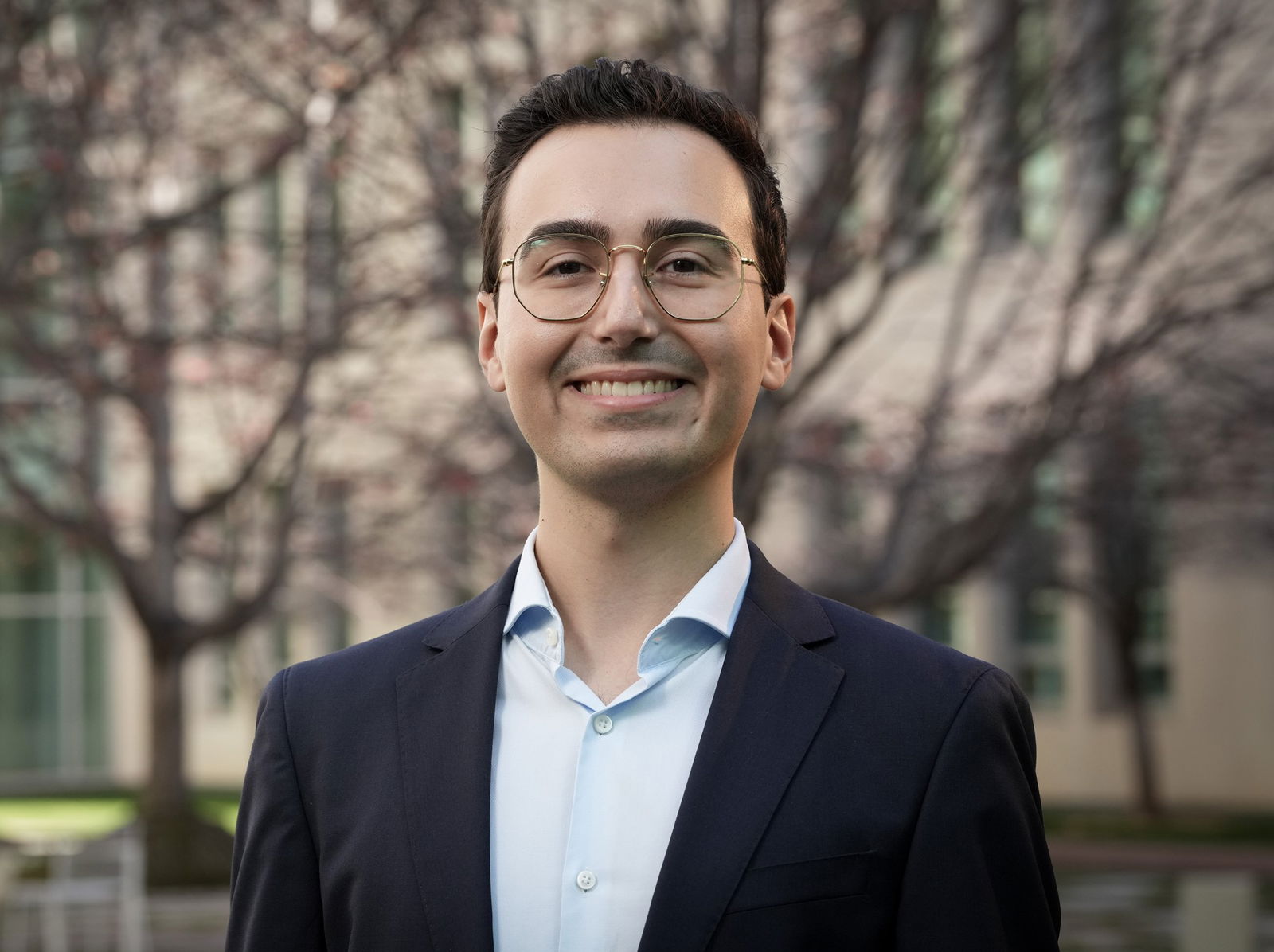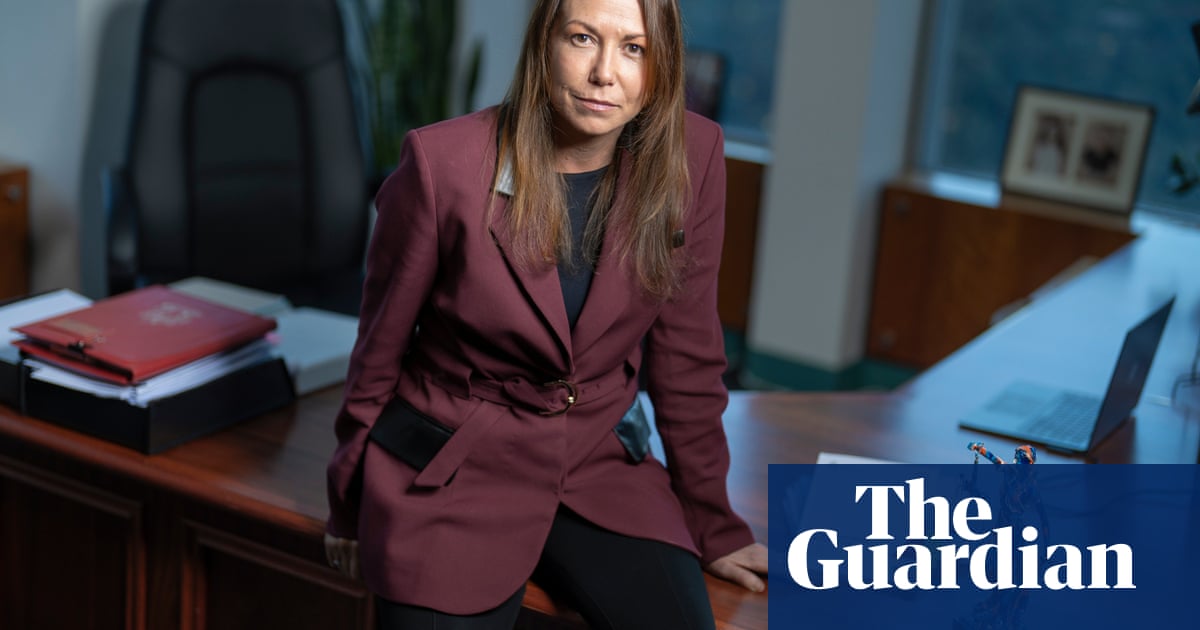Big election energy: power debate relentlessly drives Hunter region’s politics | Australian election 2025

Northbound on the New England Highway to Muswellbrook, the Bayswater coal-fired power station hums. The facility was built in the mid-1980s and provides about 20% of New South Wales’ electricity demand. It’s scheduled to close in the early 2030s.
A few kilometres away lies the silent Liddell power station, which once provided about 10% of the state’s energy. It was decommissioned in 2023 and plans to demolish the site were approved in February.
The neighbouring stations that were once the heart of power production in NSW have become the unassuming centre of a political and ideological battle over Australia’s energy transition.
The Hunter region has long been considered a blue-collar area, which has remained safely within Labor’s grasp for more than a century.
But from the green vineyards of Pokolbin, a popular wine destination in the centre of the large and mostly rural seat of Hunter, vintner Mike Thomas says he can feel change is coming.
‘It’s not so much a coalmining town any more,’ says vintner and Liberal voter Mike Thomas. Photograph: Dean Sewell/The Guardian
The manager of Sobels winery, who has lived in the Hunter Valley region for three decades and is a staunch Liberal voter, says the area’s residents are changing and its politics will follow.
“It’s not so much a coalmining town any more. The demographics have changed. Younger families are moving in,” Thomas says.
The energy crossroads
The Hunter electorate was established in 1901 at federation. It contains the towns of Singleton and Cessnock, and much of the region’s wine, mining and energy industries.
Labor’s first-term MP Dan Repacholi holds Hunter on a two-party-preferred margin of 4.8% after a boundary redistribution removed Muswellbrook and added Kurri Kurri, increasing his margin by 0.8% compared with the 2022 federal election.
The Nationals candidate, Sue Gilroy, will be Repacholi’s fiercest competitor, but One Nation and the Greens are also running. Both minor parties received almost one-fifth of the votes cast in Hunter at the last election.
Hunter profile
The contest will be fought on many fronts but none more stark than energy.
Liddell’s operator, AGL Energy, has plans to convert the site into a low-emissions energy hub and is considering joint ventures to develop solar and lithium battery manufacturing. Once Bayswater closes, it will become part of the plan too.
The Coalition, however, has other plans for the Liddell site. As part of Peter Dutton’s nuclear energy proposal, the retired power station has been marked as a potential site for a future nuclear reactor.
The hurdles to turn that proposal into a reality are vast beyond just its construction. A national ban on nuclear power would have to be overturned while the technology and local industry required to support it would have to be acquired.
The Coalition predicts – if the challenges are overcome – that Australia could build its first nuclear power station by the mid-to-late 2030s. Critics say it could take much longer.
Bulga petrol station attendants Bree, left, and Ginny, who doesn’t think ‘nuclear would do well here’. Photograph: Dean Sewell/The Guardian
And having a nuclear power station down the road isn’t everyone’s cup of tea.
Out in the small town of Bulga, a 20-minute drive south-west of Singleton, flanked by two open-cut coalmines, Ginny says she thinks of “nuclear bombs” when asked about having a nuclear reactor in her back yard. She just recently watched a documentary on the Chornobyl disaster.
“Yeah, I don’t reckon nuclear would do well here,” she says.
The 65-year-old service station worker wants cheaper power. But she says she already has that after placing a few solar panels on her shed. Since then her electricity bills have gone down drastically, she says.
From the Tomago aluminium smelter in the neighbouring seat of Paterson, the opposition leader declared his nuclear plan would fill the jobs gap created by decommissioned power stations.
“I think in the Hunter, and elsewhere to be honest, people realise that if there’s not a replacement industry for coal, then these jobs go, and that’s the reality,” Dutton said on the third day of the election campaign.
At its height, the Liddell power station employed more than 700 people.
By the time it closed, only about 180 remained. Some workers retired or left the industry, while a handful transferred to Bayswater.
Repacholi, who was once a coalminer, says the Coalition is giving local power station workers “false hope that they could walk into a nuclear power job, and that’s disgusting”.
Labor is instead focusing on securing jobs in the area for the transition to renewable energy, he says.
“There’s already nobody working at Liddell. Those workers have already moved on or retired or gone into other industries,” he says.
First-term Hunter Labor MP Dan Repacholi was once a coalminer. Photograph: Dean Sewell/The Guardian
“Is that workforce just meant to sit around, twiddling their thumbs?
“As industry changes in this area and … as the [power station] owners close those down in time, we need to make sure that there is good, safe, secure employment for these workers to go to.”
Bob Hawes, the chief executive of Business Hunter, says businesses in the region are agnostic about how Australia transitions to net zero by 2050 but want certainty.
Beyond promising nuclear, the Coalition has also signalled its opposition to Labor’s 82% renewable energy target by 2030. Solar and windfarms, particularly those offshore along the coastline, are in their sights.
Hawes said that could be a problem for Hunter businesses already transitioning to greener energies.
“We’re concerned about stopping that [green energy] journey and then waiting … then starting it again,” Hawes says.
“[Hunter businesses are] hostage to whatever is going to come next … We would love those signals from government to be bipartisan as to what comes next or what it looks like when it’s going to occur, and what it’s going to cost.”
A Paterson power hub
Labor’s reign over the Hunter region continues south-east on the New England Highway into Paterson. The battle over where Australia will get its energy from is similarly bubbling under the surface in the seat that captures Maitland near its western boundary and the coastal towns of Port Stephens.
The younger electorate, which was re-established in 1993, is not traditional Labor heartland, having changed hands between the major parties several times over its three decades.
Liberal insiders think it’s again within reach at the 2025 election with a fresh candidate, Laurence Antcliff, and Labor’s 2.6% two-party-preferred margin to overcome.
Meryl Swanson, the Labor MP since 2016, is aiming for a fourth term, and says healthcare is the major issue for voters she’s met with.
In February, Labor promised 18m extra bulk-billed GP visits a year as part of an $8.5bn investment in Medicare. Swanson thinks this will be a “gamechanger”, particularly for the “nappy belt” around Maitland and Gillieston Heights, where young families have moved to.
Newcastle and the Hunter valley seats surrounding it are all held by Labor MPs (from left) Sharon Claydon, Meryl Swanson, Dan Repacholi and Pat Conroy. Photograph: Dean Sewell/The Guardian
At Maitland’s Grand Junction Hotel, affectionately known as the Junkyard, Eric, Jeff and Mick are enjoying an afternoon beer.
Eric, a tradesman who works on turbines in power stations, says he once voted for Labor in the Bob Hawke days, but believes the party has left behind workers for the “green dream” and “woke rubbish”.
Despite potentially having upcoming work on wind turbines, Eric describes renewable energy as a “pipe dream” and believes the nuclear reactor an hour up the road is a viable alternative.
Eric and Mick, a social worker, both want to support the One Nation candidate in Paterson and say they support Donald Trump’s war on “woke” politics.
“Stop trying to please all the minorities,” Mick says, without clarifying specifics. Eric says he wants politicians to get “back to basics”.
Renewable energy is a hot topic for many in the regional electorate. Along the roads towards the popular tourist coastal towns in Port Stephens, there are signs of discontent against the proposed offshore windfarm, which would power many of the region’s homes and businesses.
The electorate is also home to Australia’s largest aluminium smelter in Tomago – an operation that is particularly energy intensive, using about 10% of the state’s electricity supply each year.
Maitland’s Grand Junction Hotel regulars (from left) Eric, Jeff and Mick. Photograph: Dean Sewell/The Guardian
The coastline off Port Stephens and northern Newcastle was declared a potential area for offshore wind in mid-2023. In February, the climate change minister, Chris Bowen, announced a feasibility licence was granted to a joint venture between Equinor and Oceanex to continue its plans.
Bowen said the project, if it moved ahead, would generate enough power for more than 1m homes.
With the coal-fired power stations in the region, including Eraring and Vales Point south of Newcastle, all closing within the decade, the windfarm will play a critical role in Labor’s plans to transition to renewable energy.
But not everyone is convinced a floating windfarm is the right approach.
In December Dutton vowed to scrap the project if elected, citing ideological and environmental concerns. At an event in East Maitland last year, Antcliff said he was opposed to the project and would “fight every single day” to ensure it does not go ahead.
In a statement to Guardian Australia, Antcliff said voters were telling him they were not being heard by the Labor government.
Cost of living and the offshore wind project were among the main concerns, Antcliff said.
“That’s why I am fighting to give our community a voice, strengthen the economy so that local households and businesses can get the support they need, and get Paterson back on track,” he said.
Those opposed to the project include some environmentalists, pro-nuclear advocates and members of the fishing and tourism industries.
Commercial fishers unloading their catch at Nelson Bay, who ask not want to be identified, say the floating windfarm will force them to travel further – costing more in fuel costs – for the prized tuna they export.
After community and industry consultation, the zone was pushed further from the Port Stephens shoreline. It will now be at least 20km offshore at Port Stephens, 35km from the Central Coast and 54km from Norah Head. The turbines will also have a height restriction of 260 metres.
Rob Spears, a former restaurateur on the Nelson Bay marina whose daughter now runs the business, says the project will still have flow-on effects for residents and tourists.
“This is a huge game fishing area. They all come from Sydney, everywhere,” he says. “Why don’t they put the windfarm in Sydney?”
Former restaurateur Rob Spears is not keen on a windfarm near the Port Stephens shoreline. Photograph: Dean Sewell/The Guardian
Spears also questions what will happen to the windfarm once it reaches its lifespan after two to three decades.
Licence holders will be responsible for removing all the infrastructure from the offshore site and addressing any damage caused. About 85% to 94% of a wind turbine’s mass is recyclable and some operators are looking at avenues to repair or restore windfarms past their expected lifespan.
Pat Conroy, the defence industry minister and MP for Shortland to the south of Newcastle’s hub, where he holds a 6.1% two-party-preferred margin, is aware of the concern.
But he insists the energy industry is a sight residents are used to.
“If you go to any of the beautiful beaches in my region, you can see 20 or 30 coal ships on the horizon or closer. Or if you stand on Lake Macquarie, you can see Vales Point power station, or Eraring, or even the stacks from Wangi [Wangi],” he says.
“We are used to being the energy hub for the nation, and people understand that.
“The greatest friend of the coastline here is the Labor party, and the greatest friend for energy independence in our region and manufacturing jobs is Labor.”




